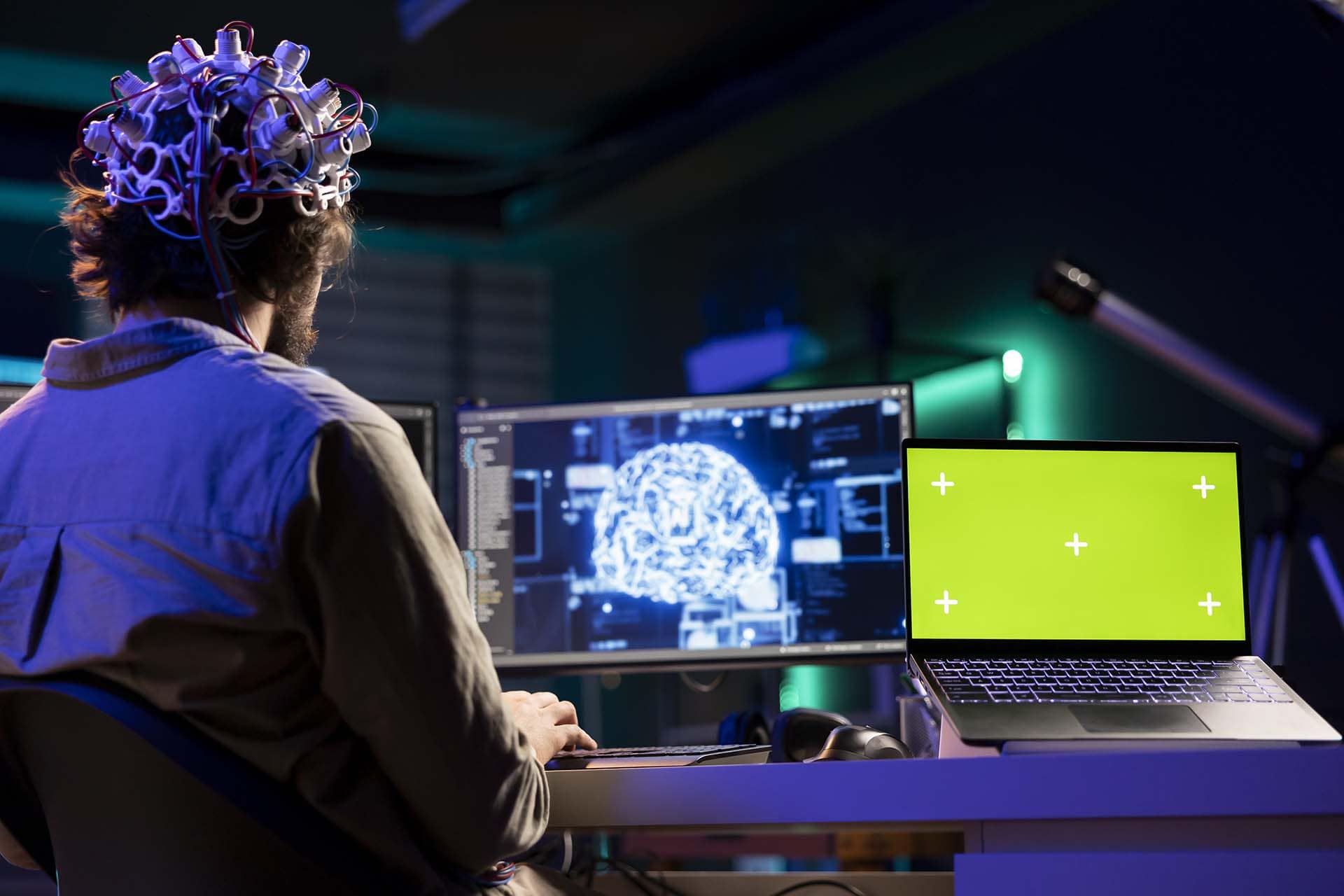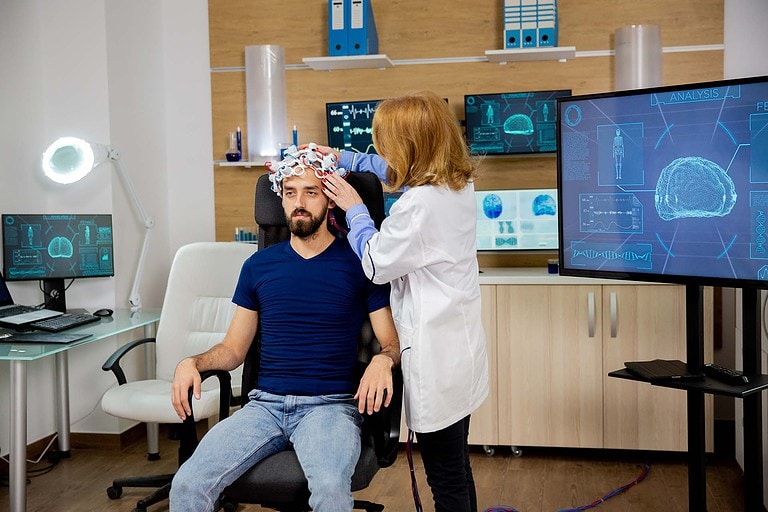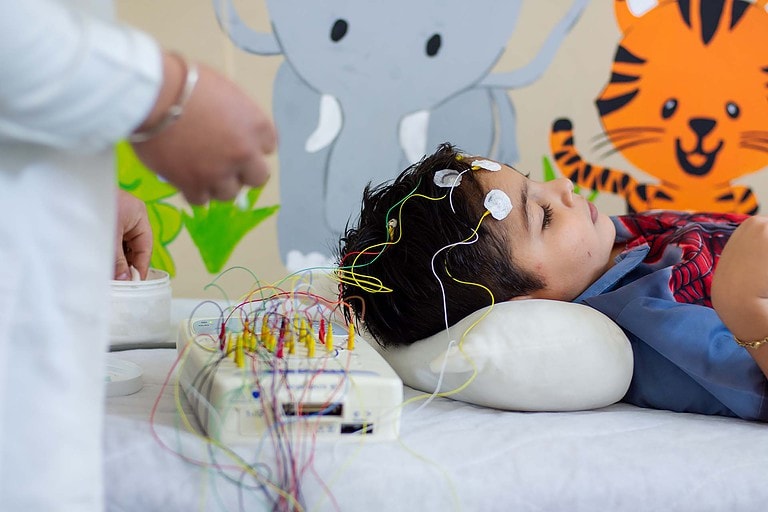Recent advancements in brain-computer interface technology have accelerated the integration between human cognition and digital systems. These neural interfaces are transforming how we conceptualize human-machine interaction, offering unprecedented opportunities for medical applications, communication enhancement, and cognitive augmentation. This article examines cutting-edge developments in BCI technology and explores their far-reaching implications for both clinical applications and everyday use.
Table of Contents
The Evolution of Neural Interface Technology
The concept of connecting minds directly to machines has captivated scientists and engineers for decades. Early experiments in the 1970s demonstrated that neural signals could be recorded and interpreted to control simple external devices. However, it wasn’t until the early 2000s that brain-computer interfaces began showing practical potential beyond laboratory settings.
Modern BCIs operate on a fundamental principle: they detect neural activity, process this information through sophisticated algorithms, and translate it into commands that control external devices. This process requires overcoming significant technical challenges, including signal detection in noisy environments, real-time processing constraints, and the development of intuitive user interfaces that minimize cognitive load.
From Invasive to Non-Invasive Solutions
The earliest BCIs required surgical implantation of electrodes directly into brain tissue. While these invasive approaches provided exceptional signal quality, they posed significant medical risks including infection, scarring, and potential tissue damage. The high costs and risks of surgery also limited their widespread adoption.
Recent innovations have focused on developing robust non-invasive alternatives that can be used without breaching the skull:
- EEG-caps (i.e. caps with little electrodes in it) that detect electrical signals through the scalp have become increasingly sophisticated, with modern systems using advanced signal processing to improve spatial resolution
- Functional near-infrared spectroscopy (fNIRS) devices measure changes in blood oxygenation as an indirect indicator of neural activity, offering complementary information to electrical recording methods
Each approach represents a different balance of factors including temporal precision, spatial resolution, and practical usability. The ideal solution varies depending on the specific application and user requirements.
Contemporary research has yielded promising hybrid technologies that combine multiple signal acquisition methods. These integrated systems harness the complementary strengths of different approaches, compensating for individual limitations while enhancing overall performance and reliability in real-world scenarios.
For example, combining EEG with eye-tracking devices creates a multimodal interface that can distinguish between intentional commands and spontaneous brain activity. Similarly, systems that integrate EEG with fNIRS provide both the temporal precision of electrical recordings and the spatial specificity of hemodynamic measurements, resulting in more robust performance across diverse tasks and environments.
Medical Applications Transforming Lives
The most immediate and profound impact of this technology has been in medical applications, particularly for individuals with severe neurological impairments. For patients with paralysis, neurodegenerative diseases, or traumatic injuries, BCIs offer new pathways to reconnect with the world. For patients with conditions like amyotrophic lateral sclerosis (ALS), locked-in syndrome, or spinal cord injuries, neural interfaces offer revolutionary capabilities that were previously unimaginable:
- Text production systems allowing completely paralysed individuals to communicate their thoughts, needs, and feelings to caregivers and loved ones
- Robotic limb control enabling restored mobility and independence for daily activities, from feeding oneself to navigating environments
- Sensory feedback mechanisms that provide tactile information from prosthetic devices, creating a more complete and naturalistic experience of embodiment
These applications demonstrate how BCIs can restore fundamental human capabilities that many take for granted. The psychological impact of regaining even limited communication or movement can be profound, often leading to significant improvements in quality of life and mental health for patients with severe disabilities.
Neural interfaces are also proving valuable in rehabilitation contexts, helping patients recover lost functions through targeted neural plasticity. These systems provide real-time feedback on brain activity, allowing patients to consciously modulate neural patterns associated with movement, sensation, or cognitive functions.
For stroke survivors, this approach can accelerate motor recovery by reinforcing the brain’s ability to form new neural pathways. Similar principles apply to recovery from traumatic brain injuries, where BCIs can help guide rehabilitation efforts based on objective neurological data rather than external observations alone.
Beyond Medicine: Expanding Applications
While medical applications have driven much of BCI development, these technologies are increasingly finding applications beyond clinical settings as they become more accessible, affordable, and user-friendly.
Research suggests that neural interfaces may eventually enhance cognitive capabilities in healthy individuals. Preliminary studies indicate potential applications in:
- Accelerated learning through direct neural feedback that identifies optimal brain states for information retention
- Enhanced memory formation and recall, particularly for ageing populations experiencing mild cognitive decline
- Improved attention and focus during complex tasks, potentially addressing conditions like ADHD through non-pharmaceutical interventions
- Direct brain-to-brain communication for collaborative problem-solving, though this remains largely theoretical at present
These possibilities raise fascinating questions about human potential and the future of cognitive enhancement. As with any transformative technology, the societal implications require careful consideration alongside technical development.
Also, the entertainment industry has begun exploring brain-computer interfaces as novel input methods for gaming, artistic creation, and immersive experiences. These applications transform mental states into creative outputs without requiring physical movement, potentially revolutionizing how we interact with digital environments.
For example, experimental music systems already allow composers to generate melodies directly from thought patterns, while early-stage gaming applications enable players to control virtual characters through imagination alone. As these technologies mature, they may fundamentally change our understanding of creativity and artistic expression.
Ethical Considerations and Future Directions
As these technologies continue to advance, researchers like Dr. Christian Beste emphasize the importance of addressing ethical implications alongside technical development. Questions of neural privacy, cognitive liberty, and potential social stratification demand careful consideration as these technologies mature. Who owns the neural data collected by BCIs? How can we ensure equitable access to potentially life-changing technologies? What safeguards are needed to prevent misuse of systems that can directly interface with human thought? These questions require interdisciplinary collaboration between neuroscientists, engineers, ethicists, and policymakers.
The future landscape of this field will likely be shaped by ongoing dialogue between technologists, ethicists, policymakers, and the public. Christian Beste’s research highlights how responsible development frameworks can ensure these advanced technologies enhance human autonomy and well-being rather than compromising it.
Conclusion: A Symbiotic Future
Brain-computer interfaces represent more than just another technological innovation—they fundamentally reconceptualize the relationship between human cognition and machines. As these systems become more sophisticated, intuitive, and accessible, they promise to transform not only how we interact with technology but potentially how we understand ourselves as cognitive beings.
The ongoing refinement of this technology continues to push boundaries of what’s possible in human augmentation. With each advancement, we move closer to a future where the distinction between mind and machine becomes increasingly fluid, opening unprecedented possibilities for human potential and experience.







